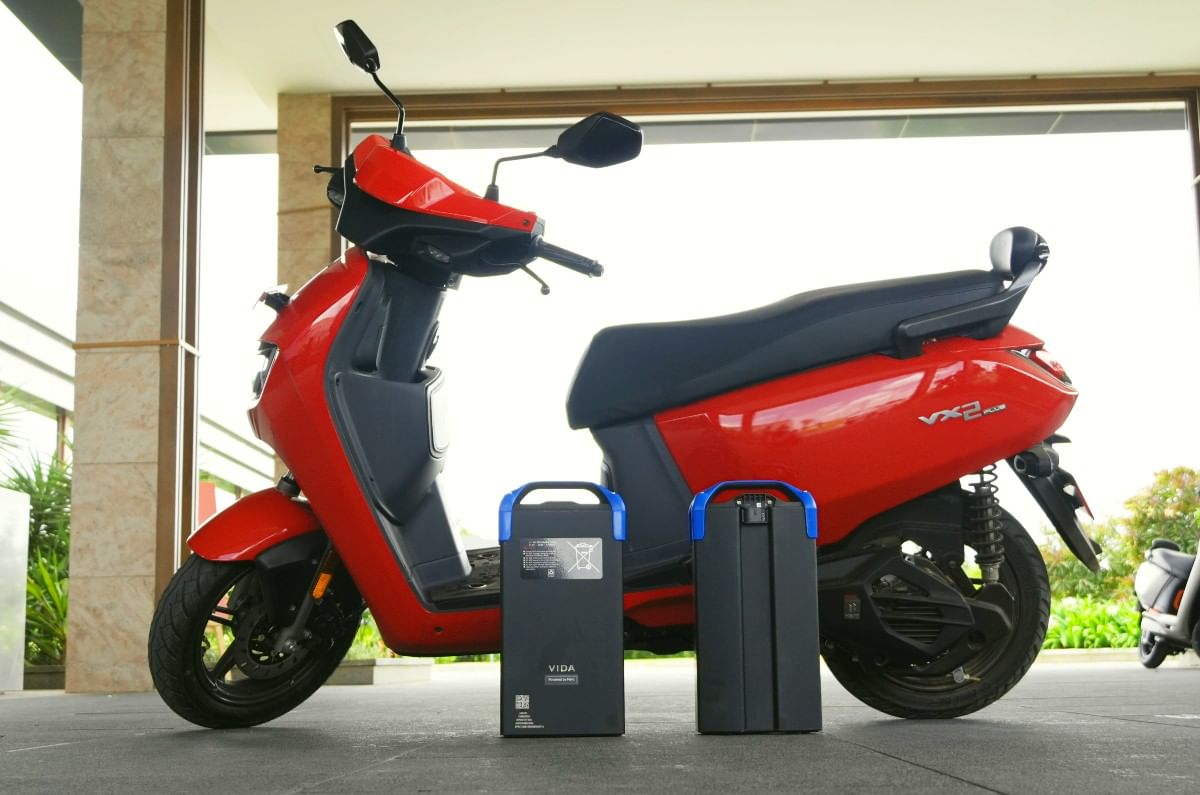The promise of so-called “quantum advantage” is simple. By harnessing the counterintuitive rules of quantum mechanics, quantum computers should be able to—in theory—surpass the computational potential of any classical supercomputer.
But before quantum advantage drastically changes information technology as we know it, researchers have yet to address the many hurdles that are preventing quantum computers from entering into the mainstream. That said, quantum computing as a field has evolved dramatically over the last few years, and physicists are increasingly getting better at dealing with the extreme quirkiness of these potentially revolutionary systems.
One such breakthrough concerns qubits—the smallest unit of information for quantum computers, much like a classical bit (0 or 1) on an ordinary computer. In a paper published Tuesday in Nature Communicationsresearchers announced a major milestone in improving the quality of qubits: a record-breaking coherence time for transmon qubits, a type of superconducting qubit. Their record—a maximum duration of 1 millisecond—far surpasses the previous time of 0.6 milliseconds, set by Fermilab last year.
Scientists are interested in coherence time for a variety of reasons. Unlike classical binary bits, qubits can exist in superpositions of multiple states, much like different points on a sphere. This particularity of qubits allows quantum bits to carry and process an exponentially larger load of data on a scale that far outperforms any conventional supercomputer.
Ironically, it’s this exact quality that also makes qubits extremely sensitive to background noise, meaning they “kind of pick up everything you also don’t want,” explained Mikko Möttönenthe paper’s senior author, during a video call with Gizmodo. When this happens, the qubits lose the valuable information they contain in a process called qubit decoherence.
To accommodate for this data loss, scientists commonly apply a procedure called quantum error correctionin which they place single, physical qubits (like a transmon chip) into an intricate circuit collectively referred to as a “logical qubit,” said Ioan Popa physicist at the Karlsruhe Institute of Technology in Germany, during a video call with Gizmodo. Although not involved in the study, Pop—a collaborator of Möttönen on a separate project—noted that such arrangements help quantum computers “fight decoherence more effectively.”
But quantum error correction can’t completely recover the information lost from decoherence, prompting Möttönen and his team to investigate alternative approaches for fabricating the physical qubits themselves. The steps they took ranged from testing multiple wiring arrangements to simply making sure they had clean interfaces for the circuits.
After multiple attempts, they stumbled upon a revision that resulted in a record-breaking coherence time of 1 millisecond. This might seem like an insignificantly small amount of time, but it’s long enough for quantum computers to perform a tremendous number of complex operations, Möttönen explained (generally, qubits operate on a time of nanoseconds; one millisecond is equivalent to one thousand nanoseconds).
Longer coherence time should reduce the amount of time and energy that goes into quantum error correction, Möttönen, a physicist at Aalto University in Finland, added. While there’s no known way to completely eliminate qubit decoherence—a highly unlikely possibility—longer coherence times mean less frequent errors, especially when qubit numbers are scaled up, as is often the case with many existing quantum computers. For example, Google’s Sycamore processor, which the company claimed had achieved quantum advantage in 2019, featured 53 qubits, whereas Quantinuum’s processor, which supposedly outperformed Google’s resultshad 56 (to be clear, neither result, while impressive, actually achieved quantum advantage).

“I think the paper shows how much you can gain from being very careful with the fabrication,” said Pop. “Am I surprised that clearing interfaces gives better qubits? I would say I’m not surprised. Am I impressed that they managed to do it? Yes—because it’s not easy to control; it’s basically like cooking, and it’s very difficult to keep all parameters under control.”
Having said that, the new result is more akin to one of “probably a hundred or thousand more of these steps” to get to where we ultimately want quantum computers to go in terms of functionality, Pop added.
“I think what’s super exciting is now that these quantum computers are already so accurate that you can do reasonable circuits,” Möttönen said. “I think we just need them to be a little bit better [functionally]not just one random result but something more concrete. It will take a few years but not so long. It seems to be quite close.”























































